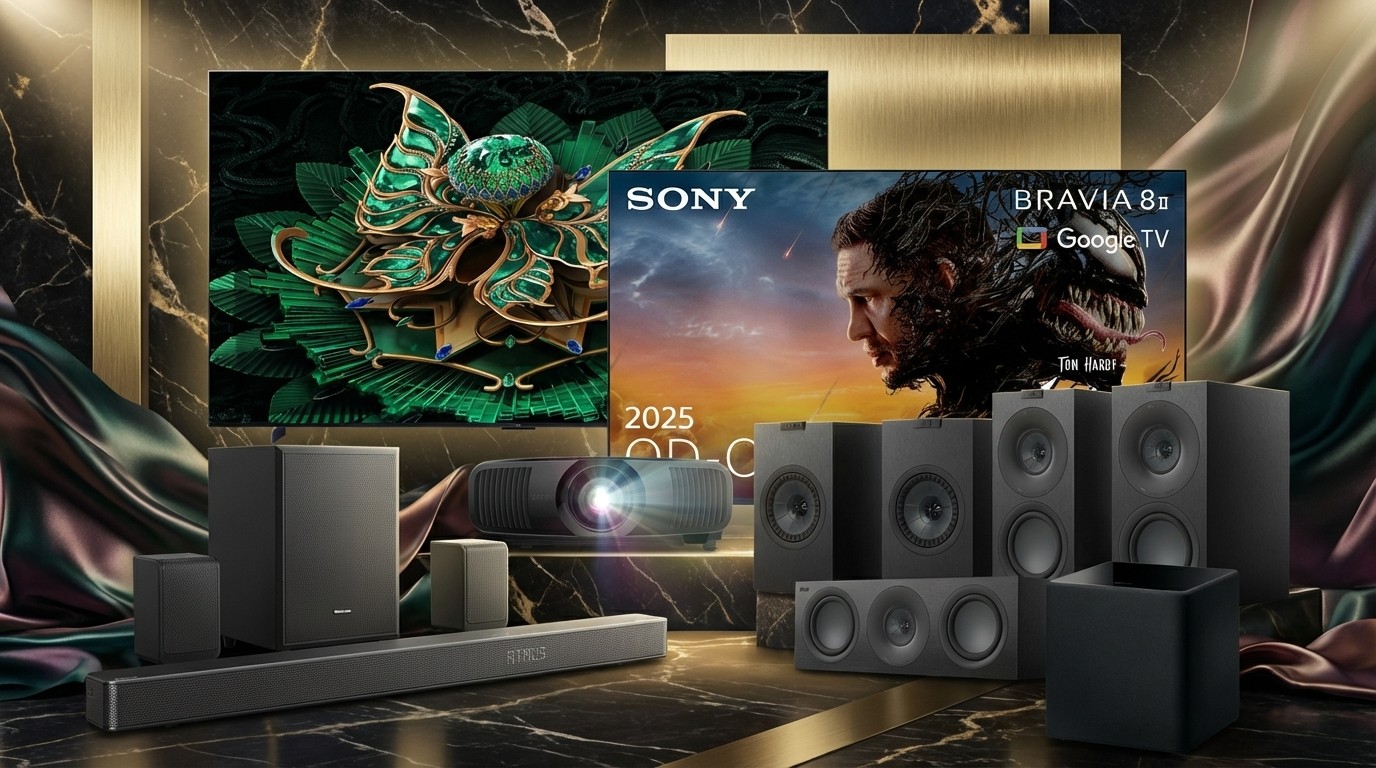What is Audyssey? Our ultimate guide to the room correction built into your Denon or Marantz AV receiver
What is Audyssey room correction? How does it work? How do I get it?

If you’ve dipped your toes into home cinema at any time over the past 20 years, the chances are you’ve heard of Audyssey.
It’s a room correction system designed for AV and multi-channel audio systems, and it’s specifically built into Denon and Marantz receivers and processors, which frequently appear in our list of the best AV receivers.
Although the various versions of Audyssey MultEQ room correction are simple to use in their basic form, there’s also a chance for more experienced consumers to dig in with more advanced levels.
Getting a room to sound good can be a big challenge. But the prospect of hiring a sound professional to consult on your room’s environmental shortcomings isn’t at the top of most AV enthusiasts’ lists. Nor is buying pricey acoustic treatments such as absorbers, diffusers or bass traps.
Luckily, automated room correction systems such as Audyssey go some way to compensate for the worst acoustical quirks.
Let’s find out who Audyssey is, how many versions there are, and why you might need it.
Who is Audyssey?
Audyssey hails from the US. It’s a spin-off from the National Science Foundation, a research centre at the University of Southern California. Among its alumni is Professor Tomlinson Holman, famously the ‘TH’ of Lucasfilm’s original THX group.
The latest hi-fi, home cinema and tech news, reviews, buying advice and deals, direct to your inbox.
The company specialises in the acoustical properties of audio equipment in different environments, including home cinemas, studios, cars and even professional cinemas.
The first technology to emerge from the company was the Audyssey MultEQ room correction system in 2004.
What are the different versions of Audyssey MultEQ room correction?
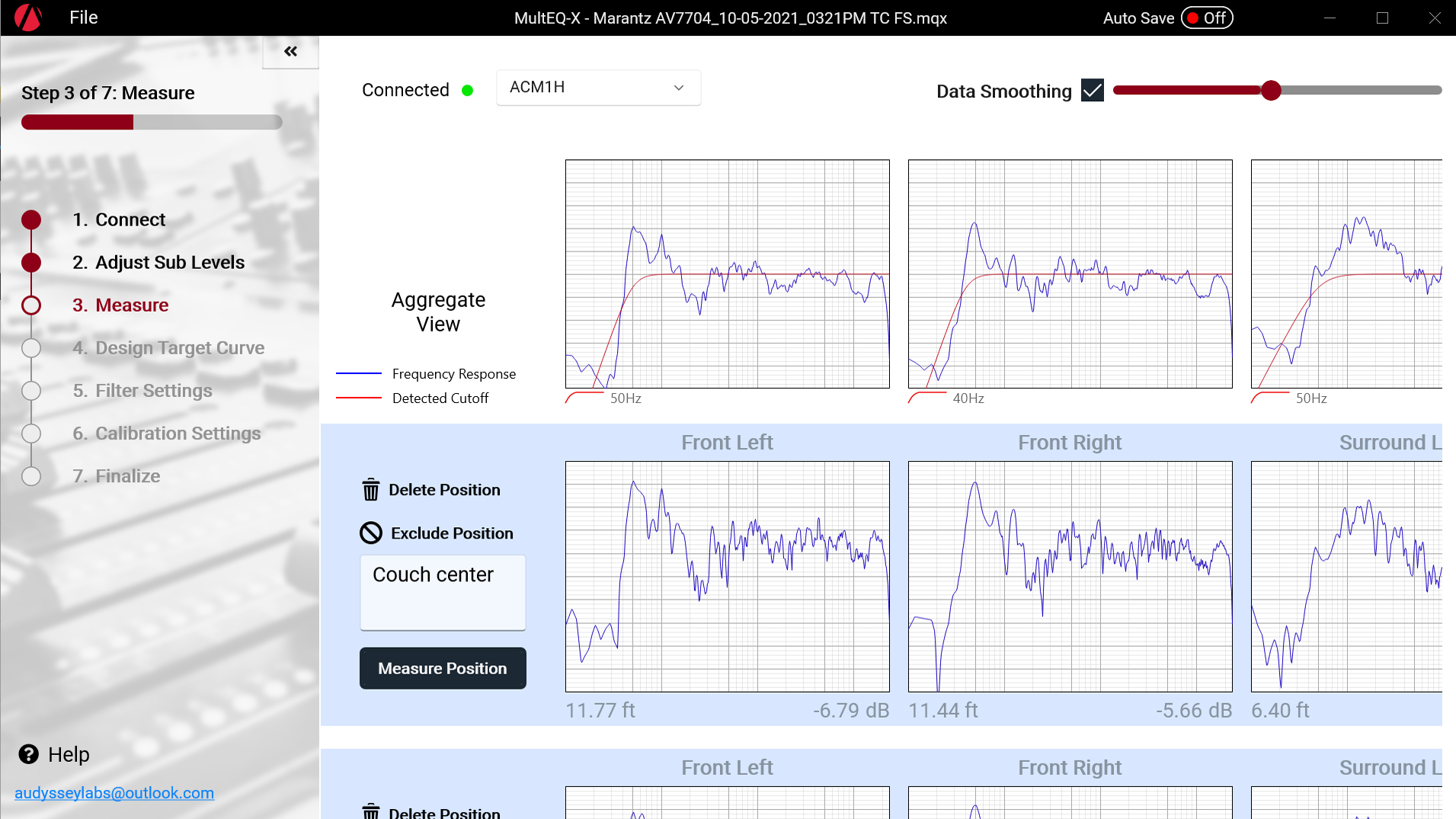
Before we get into how Audyssey room correction is set up at home, let’s look at the three layers of the software that might be built into your Denon or Marantz AVR or processor.
Audyssey MultEQ – also known as ‘Bronze Built-in’
This is the base level version of Audyssey room correction with adjustment of speaker levels and time delays. It includes Dynamic Volume and Dynamic EQ (more on these later). It is designed primarily for small rooms.
Audyssey MultEQ XT – also known as ‘Silver Built-in’
This mid-size room version provides more measurement positions and better equalisation filters than basic MultEQ. It allows for more precise adjustments with emphasis on low frequencies. MultEQ XT also includes Dynamic Volume and Dynamic EQ.
Audyssey MultEQ XT32 – also known as ‘Platinum Built-in’
This is the top level and latest version of MultEQ with yet more measurement positions and high-resolution filters available. MultEQ XT32 is suitable for large rooms with complex setups. With more than 10,000 control points, it supports 32 times the resolution of plain MultEQ. It includes Dynamic Volume and Dynamic EQ, as in the previous entries, along with SubEQ HT and LFC (also explained below).
How does Audyssey work?

The built-in versions of Audyssey MultEQ contain an easy walk-through as part of the Denon or Marantz on-screen menu interface.
Audyssey tries to correct for off-axis listening and room acoustics. An included microphone needs to be placed in the main listening position (MLP) as well as up to seven other locations, all from a tripod.
In doing so, the system looks for acoustical anomalies and attempts to fix them. The idea is to improve the sound for all seating positions while smoothing out the frequency response.
It can be a good idea to enter levels and distances manually (using a tape measure or laser distance meter, test tone generator and SPL meter). Audyssey tends to undercook the subwoofer and centre channel levels in the automated procedure.
MultEQ, in all its incarnations, works by analysing the acoustics of a room and applying digital signal processing to optimise the audio output.
Both frequency responses and time domains help the software to pick out reflections, standing waves and other acoustical anomalies. But the key difference between the versions of MultEQ lies in the increasing efficacy and resolution of the filters applied.
Are there software and hardware add-ons?
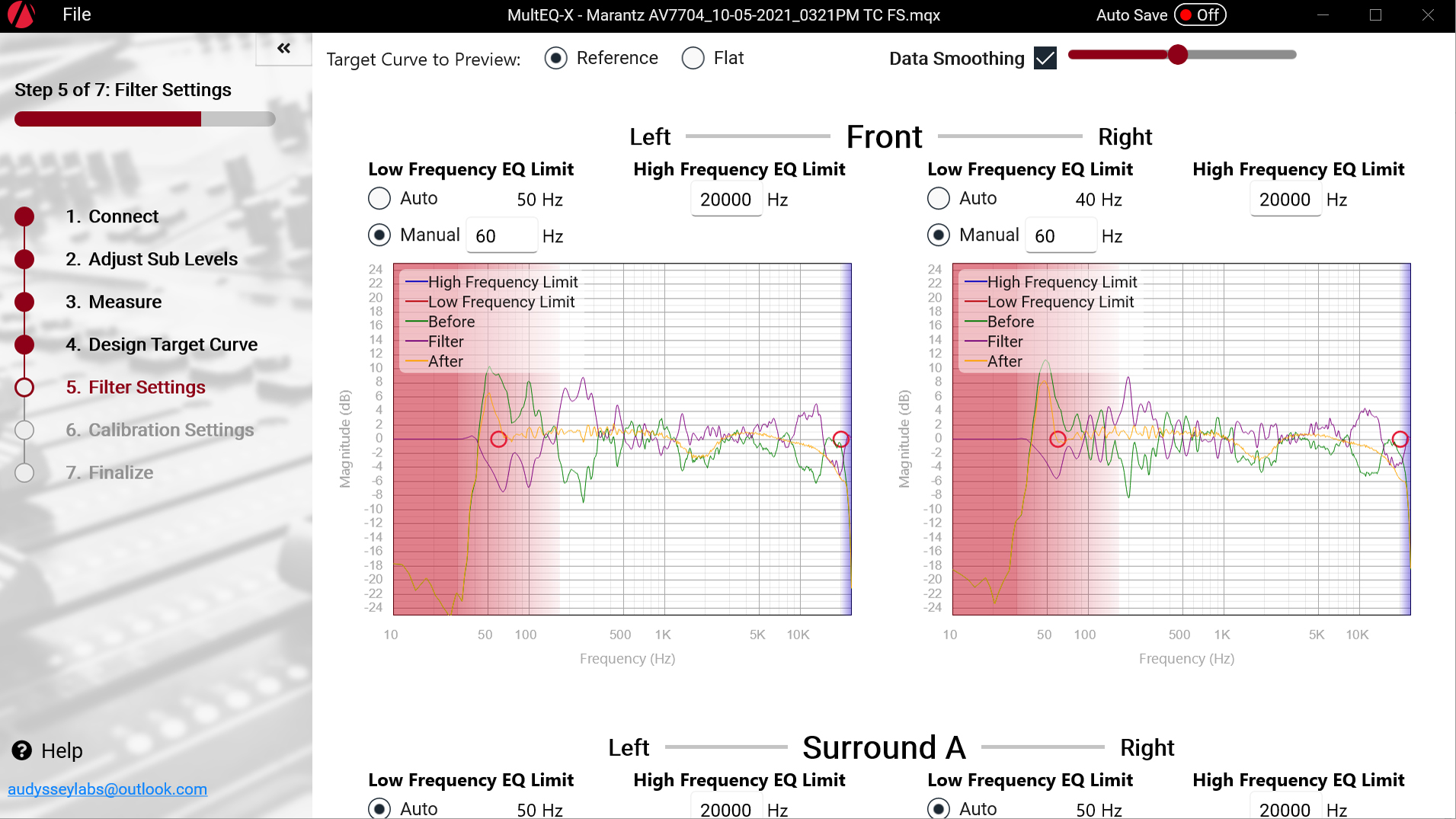
Yes. For £20 / $20 / AU$31, you can purchase the Audyssey MultEQ Editor app for Android or iOS, which allows for more fully fledged control of your room correction and offers customisation.
Because a phone or tablet has more processing power than a typical AVR, making adjustments in the app can create more detailed profiles and more accurate results. The app supports saving of profiles, target curve adjustments and subwoofer levels.
For those who wish to dig in even deeper, it costs $200 (around £145 / AU$300) for the Audyssey MultEQ-X software, which is compatible with a Windows 10 or Windows 11 PC.
This gives the user many more levels of flexibility and control, including detailed frequency responses of individual channels, an ‘advanced curve designer’ with targets for each channel and more sophisticated subwoofer level adjustments.
MultEQ-X is designed essentially for professionals or hardcore enthusiasts who want to tweak their system to perfection. (A Pro version of the software is more expensive and includes multiple licences.)
All Audyssey versions must use approved microphones, whether the basic model included with a receiver, or the more accurate ACM1-X (£80 / $80 / AU$140). You can also go for the MultEQ-X Calibrated Microphone kit with extender leads, particularly useful if the AVR is in a remote location in the house.
What are some of the other Audyssey MultEQ features?
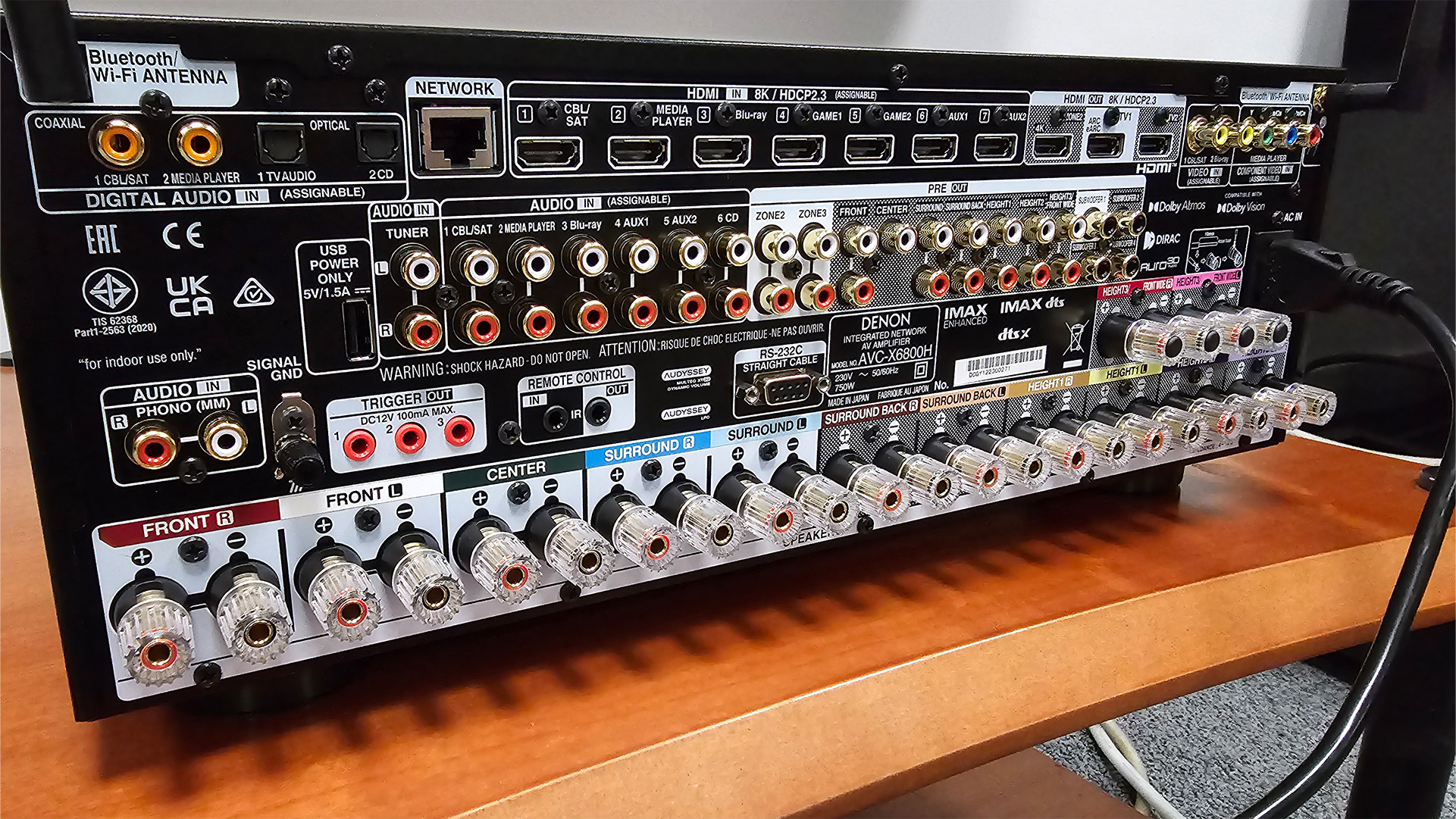
Dynamic Volume
Applying to all versions of MultEQ, this feature protects against sudden volume peaks or troughs for a more consistent sonic level.
It tracks the volume in real time and optimises the dynamic range for the situation. This can be useful for late-night viewing, not startling the neighbours or recalibrating the output when loud adverts suddenly interrupt programme viewing.
Dynamic EQ
Also available on all MultEQ platforms, this feature optimises sound quality at lower volumes by boosting bass and treble responses.
Again, the adjustments are made in real time and account for the way humans perceive audio at varying levels. Dynamic EQ is also useful for late-night viewing by enhancing content at low levels.
SubEQ HT
This feature is found on the Audyssey MultEQ XT32 platform only. Designed to work with two or more subwoofers, SubEQ HT allows individual calibration of each bass enclosure. It also aligns their timing and levels, so that they should blend seamlessly.
SubEQ HT ensures that room correction filters are applied to all the subwoofers, as if they were a single unit.
LFC (Low Frequency Containment)
Also reserved for the XT32 version only, the LFC feature limits the transmission of low frequencies through walls to different rooms. It does so while maintaining the sound quality.
LFC is a great asset for shared living spaces or those with close proximity to neighbouring homes.
Verdict
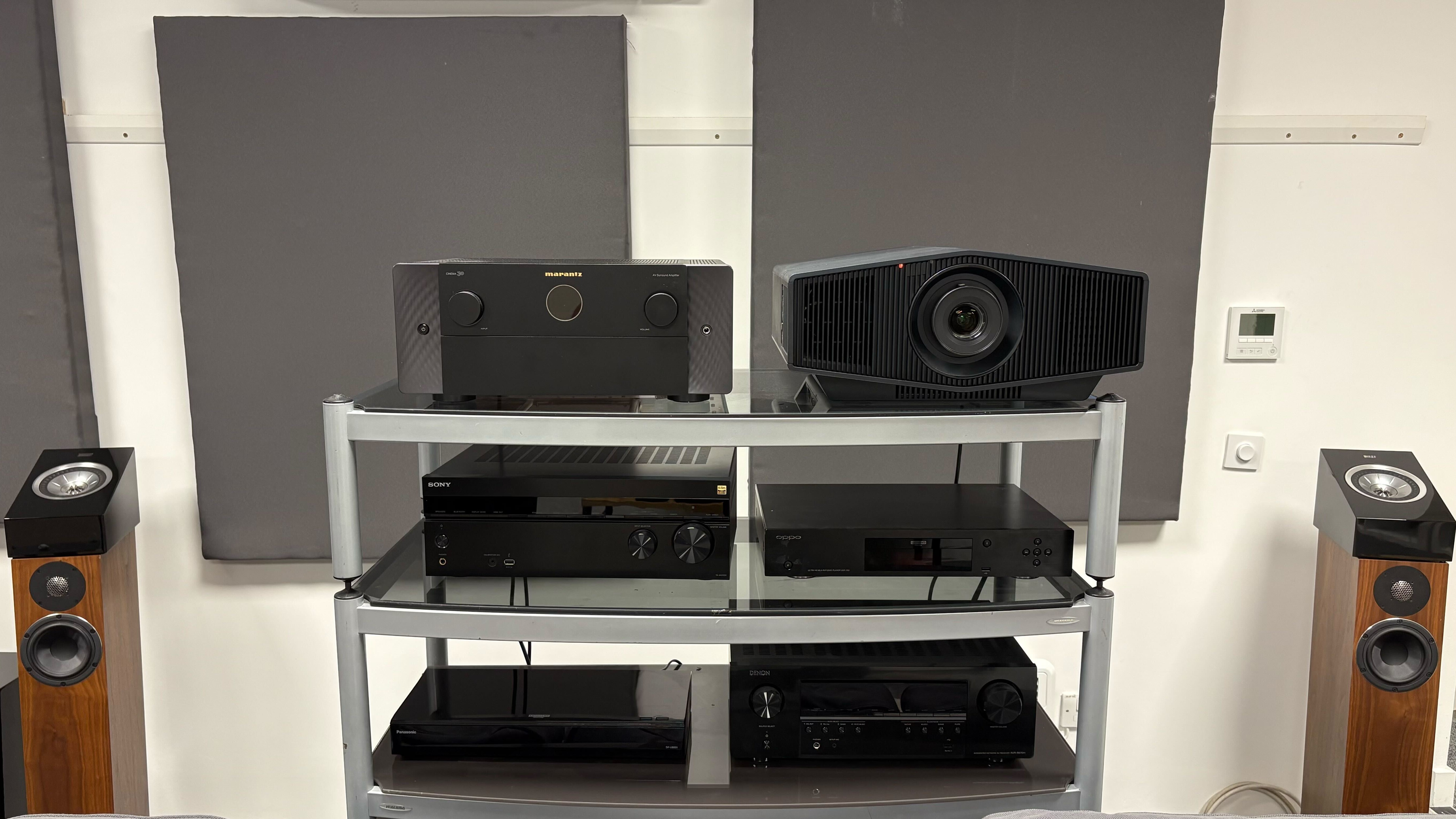
While Audyssey in its basic forms promotes easy setup and operation, there’s plenty of scope for digging in and expanding your horizons with the MultEQ Editor app or MultEQ-X software.
With so many competing room correction systems, such as those from Yamaha (YPAO), Emotiva (Emo-Q), Lyngdorf (RoomPerfect), Trinnov (Trinnov Optimizer) and Anthem (ARC), you should read up on their potential advantages/disadvantages when compared to the Audyssey platform.
But because Audyssey is so simple to execute - with its delightful user interface and pleasing results – perhaps it’s not surprising that it’s still very much in contention after 20 years of great service to home cinema users.
MORE:
Check out all of our Home Cinema Week content
Here are the best AV receivers you can buy right now
Check out our Marantz Cinema 30 review
Martin Dew is a freelance contributor to What Hi-Fi?'s TV and AV section. With multiple decades experience he has worked as both a journalist and internal industry expert at big name company's, including the THX Division of Lucasfilm Ltd at Skywalker Ranch.
You must confirm your public display name before commenting
Please logout and then login again, you will then be prompted to enter your display name.
